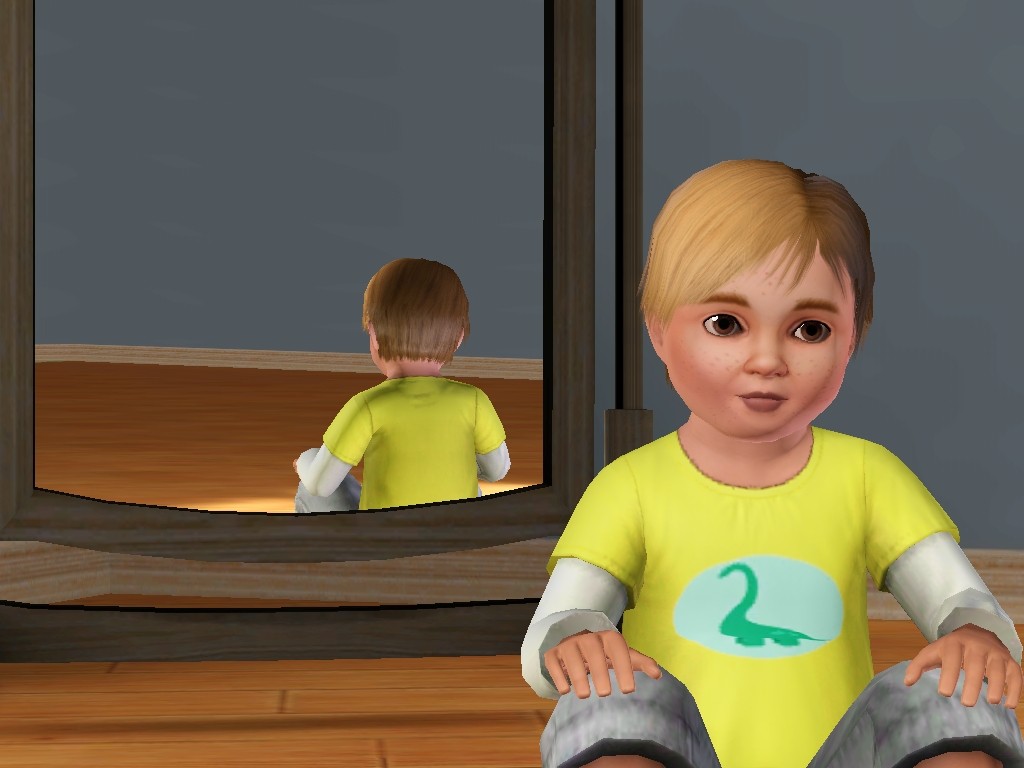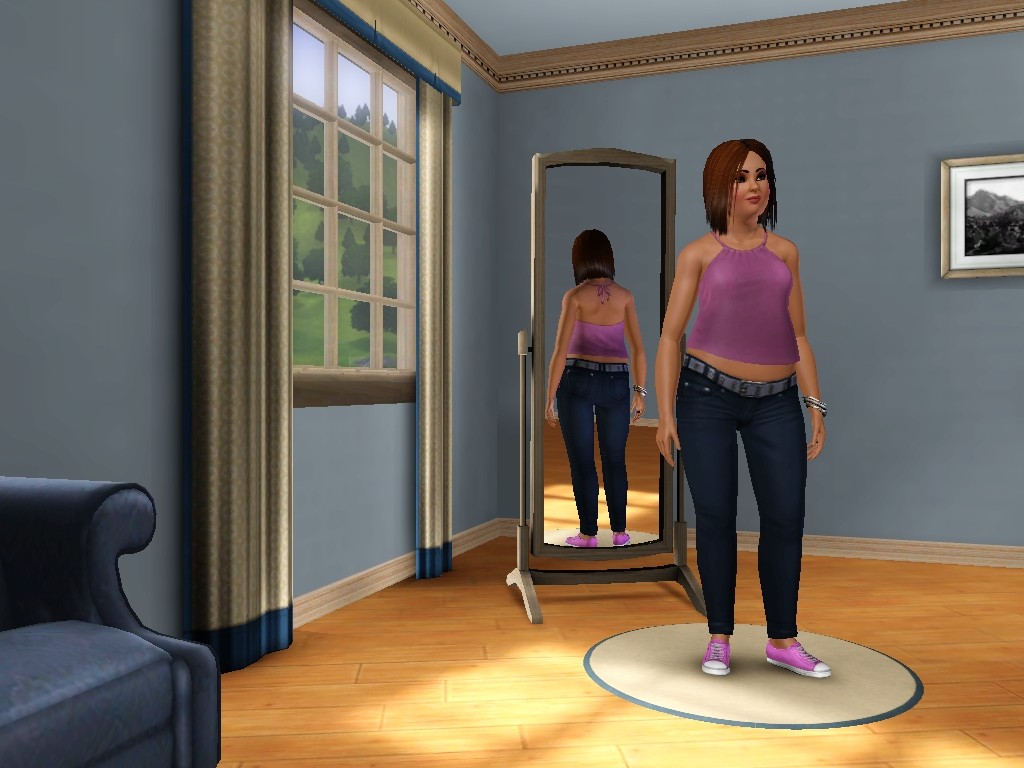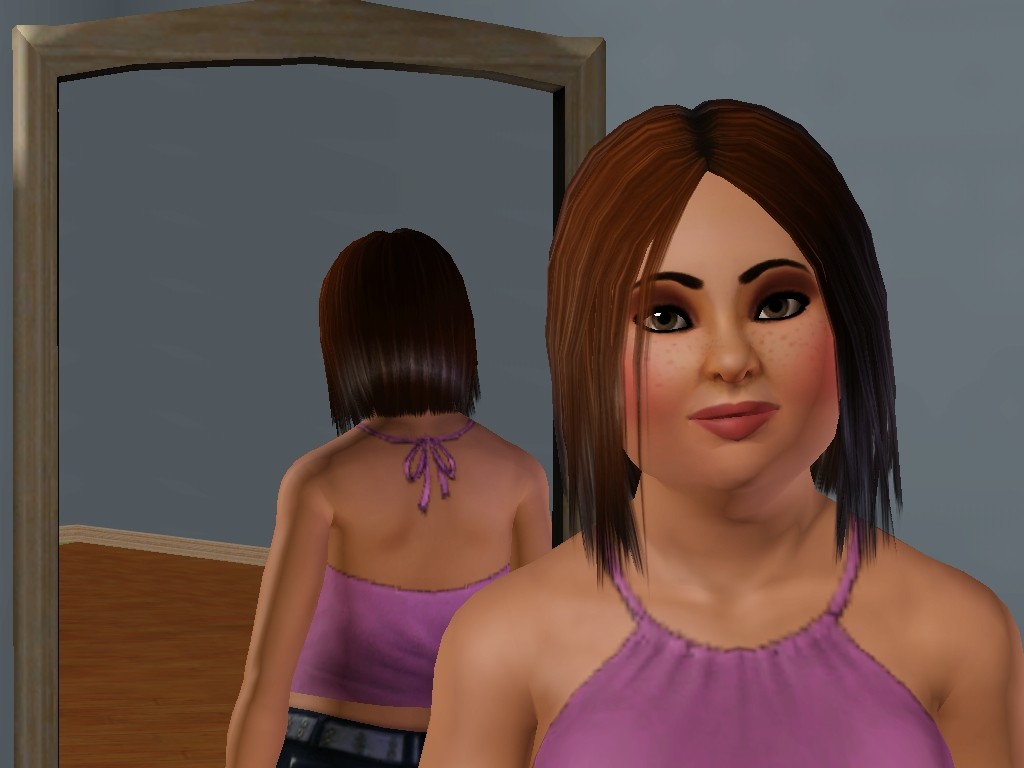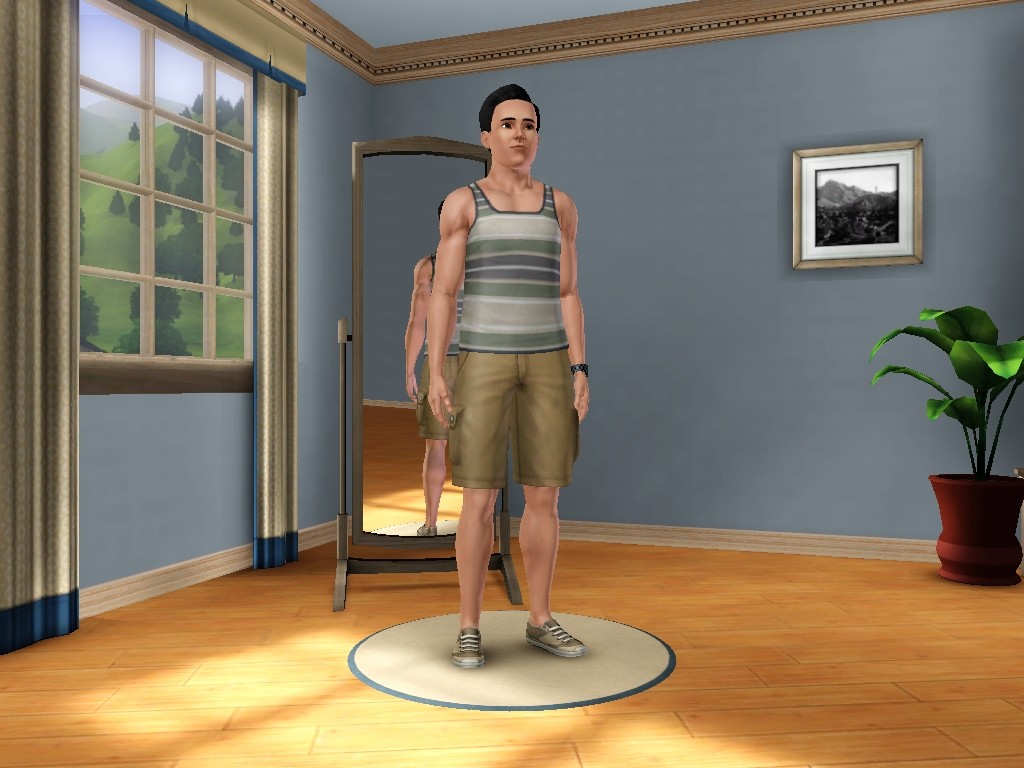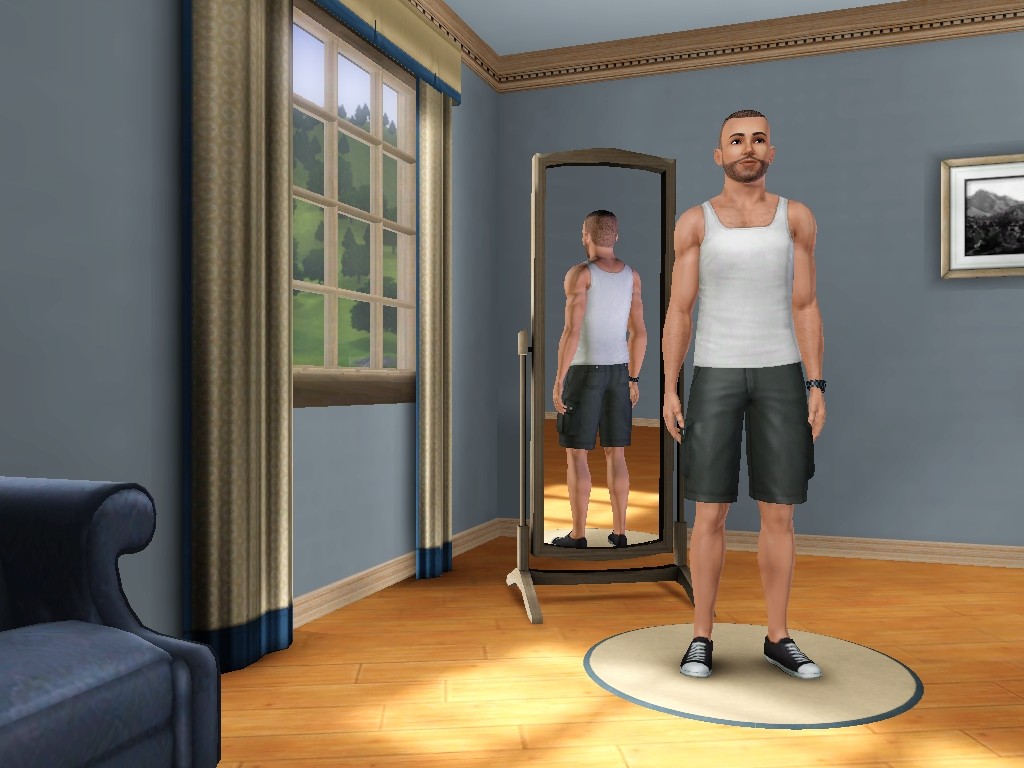It comes as little surprise that I, having grown up with video games, or rather, on video games, ended up pursuing a specialization in digital rhetoric. Indeed, my master’s culminating project emphasizes various ways video games function as digital texts that simulate social experiences with situated meaning-making and elaborate rhetorical strategies. However, as a Teaching Associate, I scarcely have opportunities to deploy the theories and techniques I study. Luckily, my supervising professors allowed me to carve a small space in my College Composition class to pedagogically experiment with gaming.
Our first course unit focused on how social and cultural cues constantly construct identity, especially with regards to gender. One of their assigned readings was Jayme Poisson’s “Parents keep child’s gender secret,” an article about how Kathy Witterick and David Stocker attempt to circumvent scripted gender normalization by raising a “genderless” baby, Storm, and encouraging all their children to explore multiple gendered behaviors. Jennifer Pozner’s essay “Ghetto Bitches, China Dolls, and Cha Cha Divas” served as the second assigned reading and featured the reality television show America’s Next Top Model, which pathologically perpetuates harmful gender and ethnic stereotypes.
To add to the provocative atmosphere, I informed my class that for the presentation portion of the unit, they could play a video game. As if on cue, my students delivered wary double-takes and looks of bewilderment. I must say, however, that it all played out rather well.
Setting Up the Simming
I split my class of 22 into five groups and gave them two options for their presentations: they could compare and contrast the gendered behaviors of male or female characters from popular media—television, books, movies, and video games—or the group as a whole could actively construct gender by utilizing The Sims 3, a life-simulating PC game developed by Maxis and published by Electronic Arts.
Three of the five groups opted for this nontraditional approach to classroom presentations, and I made time outside of my office hours so they could play with The Sims 3’s character creation process on my laptop. For about an hour per group, my students deliberated with each other on what sex their Sim would be, what stage of life the Sim would be at, the Sim’s body type, facial structure, hair, clothing, and even personality traits.
I encouraged them to maintain a continual reflective mindset as they created their Sims. Some questions I had them consider were:
- Why did you pick certain looks over others?
- What has influenced your aesthetic choices about sex and gender?
- Did you all agree with the choices made? Why or why not?
- If your group worked off of a trope, why did you select that trope?
Party 1: Alex Martinez
The first group directly engaged with Poisson’s report on parents who attempted to raise a genderless baby named Storm. As such, this group opted for a Toddler Sim and chose what they believed to be a relatively neutral name: “Alex.” They aimed for androgyny and proceeded to create a sandy-blond tyke with fair skin, but what we found particularly noteworthy was the choice of clothing.
This top was a better choice, the Alex Party explained, than the blue shirt with a building block on it. “I played with dinosaurs when I was a kid,” one of the young women in the group said almost defensively, as if she were daring anyone to say otherwise.
That set off a mini-discussion about the toys we played with as we grew up, and the students traced their societal influences on their own. This line of thinking connected back to a previous class discussion where we meditated on the merits of pushing a child to explore gender-neutrality and whether or not children before a certain age even have that capacity to do so effectively. It also prompted my students to think about how they would raise little Alex compared to Witterick and Stocker from Poisson’s article.
Party Two: Violet MiraFlor
Initially, this set of students wanted to create a female that fit society’s fantasy of “perfection,” but as one of these members put it: “society has so many judgments and it was hard to understand what is perfect and what is not…So we decided to go against society’s views.”
Rather than chase some illusion of “beauty,” these students decided to represent what they thought would be a typical teenage audience member of America’s Next Top Model, the subject of Pozner’s essay. They wanted their Sim to convey a sense of earnest insecurity and defy exploitative stereotypes running rampant in society and especially on shows like ANTM.
However, one student did note, “I found myself saying words like ‘ew’ or ‘that looks too feminine.’ I found out that the image that is presented [on]television screens are what most people are attracted [to].” Despite their good intentions and a virtual avatar, my students quickly observed the subtle manipulations of perception that had been embedded in their subconscious.
Party Three: Andrew
Our final Sims 3 group experienced scheduling conflicts, but they made it work by capitalizing on a transformative presentation. Half of the party first created this Sim:
When the second half took over, “Andrew” ended up as such:
This group thus prompted the rest of the class to compare the two versions: Which Sim looks more “masculine?” What does the haircut signify? Why change the clothes like that? Does one man have more muscle definition than the other?
One of this group’s members, a woman, did make an amusing observation: A major reason why they went with a male Sim was because if they chose a female Sim, it would have taken longer to create because of the makeup aspect compared to a man’s facial hair.
Simulating Life and Stimulating Learning
Some of the students who did this exercise took some time to offer their feedback. Self-identified visual learners said using The Sims 3 made it “easier to understand the unit and the readings,” and it “tied everything together nicely.” Another comment pointed out that “more people will participate and be more interested in video games than doing hours of research and not understand anything from it.”
Through this gaming experience, I had my students analyze where their ideas of gender arose and how they applied those encoded social behaviors onto a virtual avatar. My students also integrated their constructive processes with the assigned class readings on the formation of gendered behaviors and presented their findings to their peers. This not only had students utilize recursive reasoning and critical analysis via virtual reality, but the exercise also demonstrated how video games can be creatively used as lens to deploy social critiques and re-imagine pedagogical strategies. More importantly, education can benefit greatly from games’ ability to engage students on a more interactive level and make what they learn in the classroom that much more relevant and applicable.

